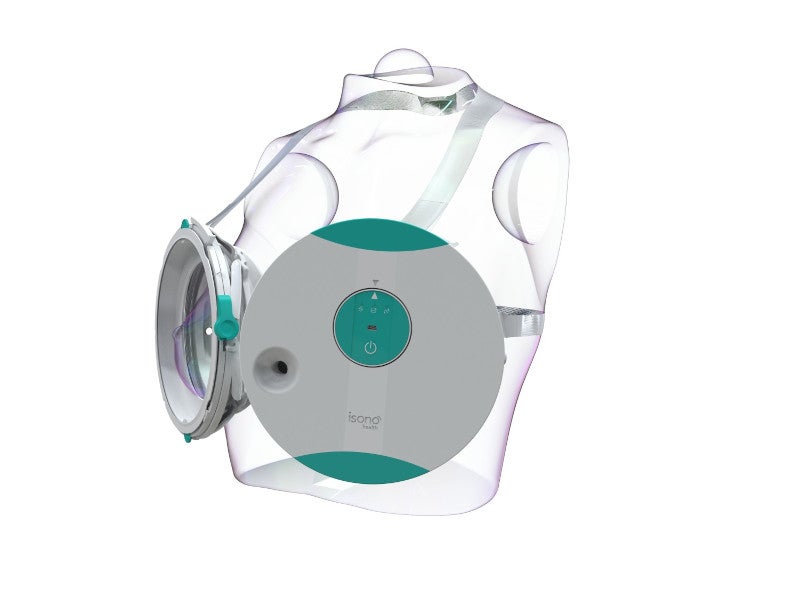The ATUSA™ system is the world’s first automated and portable 3D breast ultrasound scanner developed by iSono Health, a medical equipment manufacturer based in the US.
The device can be used to provide accessible and personalised whole breast imaging at the point of care. It is designed for cost-effective, personalised monitoring of breast health with the ability to accurately detect abnormalities and track changes in breast tissue. The whole-breast ultrasound system is integrated with machine learning tools to provide insightful data to physicians for improved decision making and patient management.
The US Food and Drug Administration (FDA) approved the system for breast imaging in May 2022.
Breast cancer details
Breast cancer originates in either one or both breasts. It is a major cause of cancer death among women worldwide, with one in every eight women being diagnosed with the disease at some point in their lifetime.
Patients with breast cancer have a 99% chance of survival if it is detected early, compared with 25% of patients whose breast cancer is detected in late stages.
Breast cancer affects 1.7 million women a year worldwide. More than 300,000 women are diagnosed in the US and 40,000 patients die from breast cancer a year, mostly due to under-screening or no screening.
Features of the ATUSA system
ATUSA is a fully automated, hands-free scanning breast system designed for use by physicians, nurses, and medical assistants.
The device consists of a 3D ultrasound scanner, a wearable component, and a Windows application for desktop and tablet computers for real-time image display, as well as review and measurement. The system also includes a web-based application for remote viewing with advanced 3D visualisation.
ATUSA can be connected to a smartphone, a tablet, or a laptop and operated using a mobile application.
The system’s wearable part and user interface are designed to make image acquisition fast, simple, and comfortable. They are claimed to be ten to 15 times faster than manual probing.
ATUSA enables painless breast imaging and scans each breast within two minutes. Its 2D image visualisation enables real-time 2D image acquisition without the need for a highly skilled ultrasound technologist.
The device can assist clinicians in localising and classifying breast lesions. It shows the full breast in 3D and provides radial, sagittal, coronal, and transverse views to localise lesions.
In addition, ATUSA provides remote access to images through Cloud-based artificial intelligence (AI) technology to enable remote care for patients.
ATUSA software suite
The ATUSA system is equipped with intuitive software designed to enable automatic image acquisition and analysis.
The software suite is integrated with AI to assist physicians in decision making and patient management. It enables real-time 2D image visualisation, as well as advanced 3D visualisation and localisation.
ATUSA features a machine learning algorithm that uses acoustic biomarkers to identify abnormal masses in breasts.
Scanning procedure
The patient is required to wear the wearable and lie down on her back to undergo scanning. The operator positions the breast tissue and applies coupling substance before connecting the 3D scanner.
Following this, the operator switches on the ATUSA system to automatically scan the whole breast volume. The patient’s other breast can then be scanned in the same way.
Benefits of the ATUSA system
The ATUSA system is designed to provide physicians with easy access to advanced 3D visualisation to enable better diagnosis and patient monitoring. It enables personalised longitudinal monitoring for high-risk patients.
ATUSA is intended to improve the accessibility of breast cancer monitoring for women across the world. Early diagnosis of breast cancer with the ATUSA device could reduce the chance of cancer risk, lower treatment costs, and provide more treatment options.
The device also provides insightful data to physicians to enable them to make more informed clinical decisions. It is expected to reduce the breast cancer mortality rate worldwide, specifically in countries with limited healthcare infrastructure and resources.
In addition, ATUSA is expected to increase the use of ultrasound in point-of-care diagnostics, as well as breast health monitoring at home by patients.






